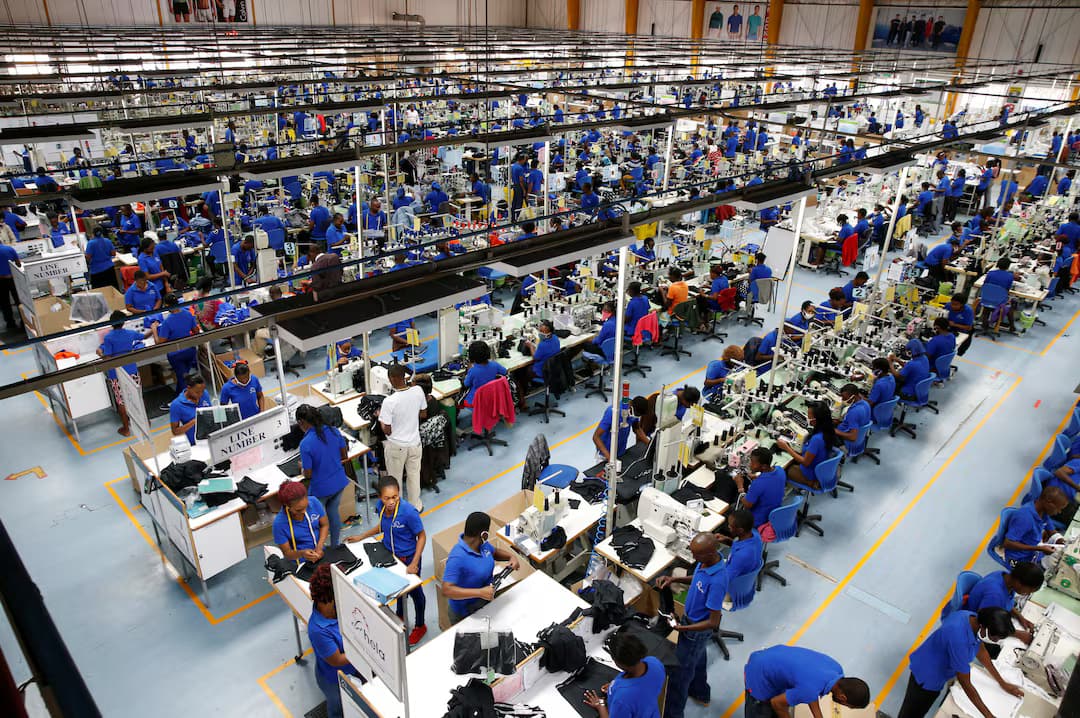Loading News Article...
We're loading the full news article for you. This includes the article content, images, author information, and related articles.
We're loading the full news article for you. This includes the article content, images, author information, and related articles.
Kenya’s economy grew by a solid 4.9% in the first quarter of 2025, buoyed by strong performances in the agricultural and manufacturing sectors. However, the latest data from the Kenya National Bureau of Statistics also reveals a sharp slowdown in the hospitality sector

Kenya’s economy maintained its upward trajectory in the first quarter of 2025, registering a 4.9% year-on-year growth in Gross Domestic Product (GDP), according to new data released by the Kenya National Bureau of Statistics (KNBS). The growth was largely fueled by strong performances in agriculture and manufacturing, buoyed by favorable weather conditions that improved both crop yields and livestock production.
The report paints a picture of broad-based recovery, with all major sectors recording positive growth—a testament to the economy’s resilience amid global and domestic uncertainties.
“The data reflects steady economic momentum,” noted a senior KNBS economist. “Agriculture remains the anchor, while industry continues to rebound.”
However, the report also highlighted uneven growth, with some previously fast-expanding sectors cooling significantly:
Accommodation and food services grew by just 4.1%, a steep drop from 38.1% in Q1 2024, signaling a post-COVID normalization of domestic tourism and hospitality.
Information and communication slowed to 5.8%, down from 9.2% a year earlier, possibly reflecting reduced tech sector investment or saturation.
Financial and insurance activities grew by 5.1%, nearly halving from the 9.6% growth seen in Q1 2024.
Despite these slowdowns, Kenya remains East Africa’s largest and most dynamic economy, with the Ministry of Finance projecting a 5.3% growth rate for both 2025 and 2026, assuming continued macroeconomic stability and moderate inflation.
Yet, the latest figures also raise important questions about the long-term sustainability of Kenya’s growth model. With global economic headwinds, rising debt levels, and structural unemployment remaining concerns, economists are calling for policy diversification and inclusive growth strategies that can better cushion the economy from external shocks.
As Kenya charts its path forward, balancing sectoral development and resilience will be key to ensuring that the current growth momentum translates into long-term, equitable prosperity.
Keep the conversation in one place—threads here stay linked to the story and in the forums.
Other hot threads
E-sports and Gaming Community in Kenya
Active 6 months ago
Popular Recreational Activities Across Counties
Active 6 months ago
Investing in Youth Sports Development Programs
Active 6 months ago
The Role of Technology in Modern Agriculture (AgriTech)
Active 6 months ago